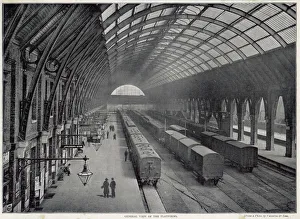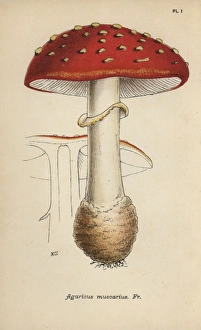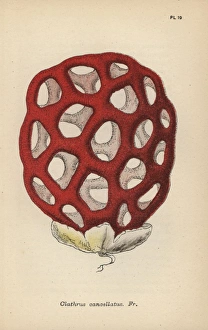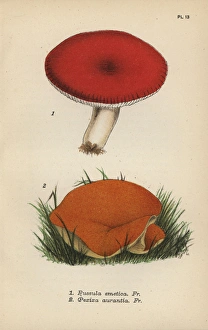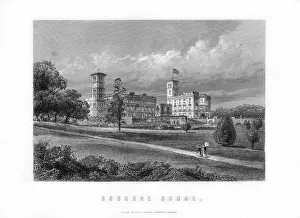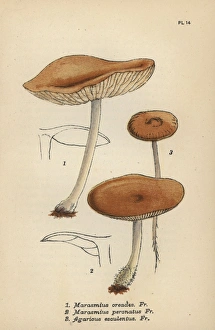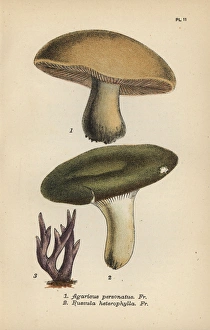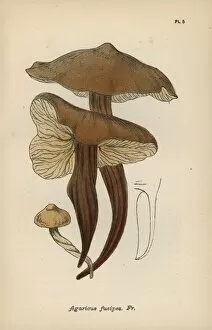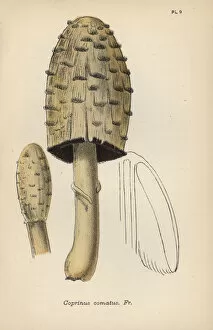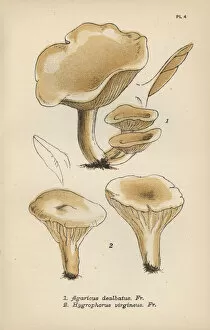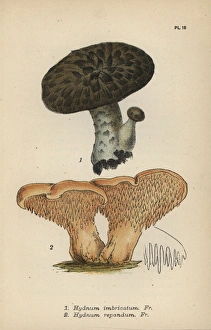Cubitt Collection
"Cubitt: A Legacy of Architecture, Innovation, and Natural Wonders" Step back in time to 1895 at Kings Cross Station, where the name Cubitt resonates with greatness
All Professionally Made to Order for Quick Shipping
"Cubitt: A Legacy of Architecture, Innovation, and Natural Wonders" Step back in time to 1895 at Kings Cross Station, where the name Cubitt resonates with greatness. This is not just any ordinary name; it belongs to none other than Thomas Cubitt (1788-1855), a visionary architect who left an indelible mark on British history. As we delve into the world of Cubitt, we encounter a fascinating array of natural wonders that captivated his imagination. From the vibrant Fly agaric mushroom (Agaricus muscarius) with its striking red cap and white spots to the emetic mushroom (Russula emetica) resembling an orange, nature's marvels were never far from his thoughts. Cubitt's appreciation for nature extended beyond mushrooms as he marveled at the intricate beauty of lattice fungus (Clathrus cancellatus) and fairy ring champignon (Marasmius oreades). These enchanting fungi mirrored his meticulous attention to detail evident in his architectural masterpieces. Venturing further into East London's Isle of Dogs, Christ Church in Cubitt Town stands tall as a testament to Cubitt's influence. Its grandeur echoes his commitment to creating awe-inspiring structures that endure through time. But architecture was not all that defined this remarkable man. In partnership with Orger, Mundane, and Knight in Lock and Key, he revolutionized security systems by introducing innovative lock designs that safeguarded countless homes across Britain. Cubitt's brilliance also graced Osborne House on the Isle of Wight. The new wing designed by Ebenezer Landells in 1845 showcases how Cubitt seamlessly blended elegance with functionality. Meanwhile, within Osborne House lies New Lodge—a mysterious creation whose creator remains unknown but serves as a reminder of Cubitt's enigmatic legacy. Not limited to land-based ventures alone, Cubbit played a pivotal role in the development of transportation infrastructure.

